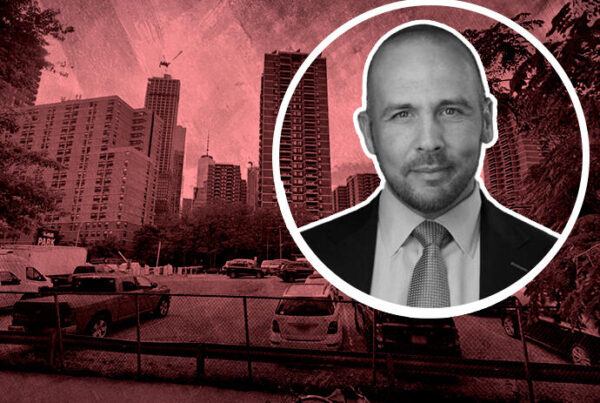Diversity, equity, and inclusion (DEI) initiatives are not a one-time program that companies must create to check a box, but should be an ongoing commitment that spans years. That is what participants heard during the 2021 ULI Virtual Spring Meeting session, “The Corporate Journey toward Enhanced Diversity and Inclusion.”
“2020 was a real reckoning and awakening” for corporations to get a DEI program running, said Gabrielle Bullock, principal and director of global diversity at Perkins+Will. “The one-size-fits-all model doesn’t work anymore.”
“I asked a consultant that we were working with about if we were running a marathon, and whether we were in training, at mile one, or mile two, and she told me that’s the wrong way to think about it,” said Eric Rothman, chief executive officer of HR&A Advisors and chair of ULI’s Public/Private Partnerships Product Council (Gold Flight). “It’s that you’re in the middle of running the New York Marathon, but you’re a marathoner—but then you have to prepare for London, then Chicago, and then the next year’s slate of races. And that’s the approach that we’re taking.”
“This is an ongoing commitment. It takes time,” said Kira Banks, cofounder of the Institute for Healing Justice and Equity at Saint Louis University and panel moderator. “It’s better to be proactive rather than reactive.”
One of the first things that a company needs to do to create an effective DEI program is to know itself. Adam Weers, chief operating officer, Trammell Crow Company, said, “One of the key learnings that [Trammell Crow] has, as we’ve figured out how to do more and enhance our DEI efforts, is that governance matters. Today, our DEI steering committee is led by 22 professionals from all across our company, all levels and functions, from a number of different markets across the U.S. and the U.K. We also have members of our firm’s executive committee, including myself, our CEO, and a regional Americas president on the committee, which has been a big help in getting a DEI perspective.”
All the participants agreed with the idea that data are needed in any organization to determine the effectiveness of a DEI program. “At the beginning of this journey, I felt that if I couldn’t—from a quantitative level—be able to communicate throughout our organization where the gaps were, where the problems are,” then there would have been problems implementing a DEI program, Bullock noted. “If you don’t keep track along the journey about which measures are improved, you won’t know what to change or what the impact is.”
Disaggregating your data is key to understanding how your organization looks, panelists noted. “One way to think about how disaggregated data becomes really important is when you want to expand beyond thinking about diversity in your organization, and you want to focus on diversity in your leadership,” Weers explained. Your leadership pipeline depends on the diversity of the positions below it. “How you’re going to get [to a diverse leadership] is directly dependent on how you understand the levels of diversity in your organization. So, if you want more diversity at the executive level, your manager pool is going to directly influence that. Same with levels below manager.”
“Your organization may be 50/50 gender balanced, but if you don’t disaggregate your data you don’t know that you might have an imbalance when it comes to leadership or the senior level,” Banks said.
Diversity is becoming much more important to the real estate industry, and veterans are starting to take notice of the sea change, Weers said. “In literally the last 12 months, the number of instances that we have had capital partners and clients come to us and ask very specific questions about our DEI strategy—not just a check-the-box strategy, but really pointed and specific questions—has been encouraging.”
“What so many of us lack is a collective understanding of one another,” said Toby Bozzuto, president and chief executive officer of the Bozzuto Group. “If DEI is owned by everyone, as part of our DNA, then in my opinion it’s going to be far more likely to succeed than if one person was trying to push it. I think, at the end of the day, a leader can define success by what impact you made on the world.”


